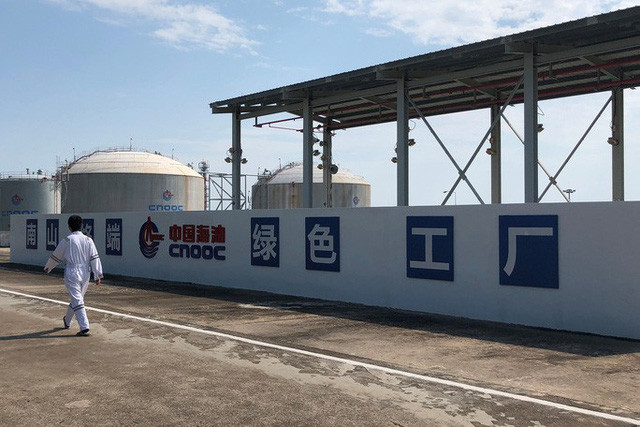Morgan Stanley says China's liquefied natural gas, LNG's imports could possibly double to 111 million tons by 2025 from last year's data at an annual growth of 10.9 percent even with the prolonged trade talks.
The country is poised to becoming the world's fastest-growing liquefied natural gas market with PetroChina posting a US$4 billion profit.
Unaffected by trade issues when it comes to LNG, only US exporters are affected as China puts on a 25 percent tariff.
Although China is producing a good amount of its fossil fuel, it has also been steadily increasing its hare of imported gas, LNG and oil since the mid-1990s.
Sveinung Stohle, chief executive of Oslo-based Hoegh LNG, owner of the world's largest fleet of floating storage and regasification units (FSRU), in its Shanghai office said that the US-China trade issues only affect US exporters.
He also confirmed China's need for LNG infrastructure for its "import handling capacity."
Hoegh is the owner of 10 of the world's 26 floating storage regasification unit (FSRU).
The company has on lease to China National Offshore Oil Corp (CNOOC) the only FSRU in the mainland at Tianjin.
For easy storage and transport, LNG gets chilled to minus 160 Celsius so it gets condensed to one-600th of its volume, making it a liquid.
It then gets transported in tanks by ships and re-gasified the moment it arrives at its market destination.
The need for a fast way to add regasification capacity to fill a supply gap had the first FSRU getting deployed.
FSRU is a practical option for emerging gas markets like Colombia and Lithuania that could not afford to make expensive long-term commitments on onshore terminals.
The 20 or so fixed onshore terminals, half of which was built by CNOOC, hold about 75 million tons of annual processing capacity.
Stohle said that for land-based terminals, the importers need to have the infrastructure built, but for FSRU, they can get leased at roughly half the cost per unit of gas imported.
China, after Japan, is the world's second-largest LNG importer and had its imports rise 17.6 percent year on year in the first eight months of 2019 according to customs data.
In September 2018, China put a 10 percent tariff on US LNG exports and increased it to 25 percent in June as a result of the trade talks.
The International Energy Agency said that China's demand for LNG starting going up in 2018 because of Beijing's environmental policies on switching most industrial and residential consumers from coal to gas.
The 63% of the net global LNG demand growth of China of last year is now 17% of global LNG imports.
This has reshaped the LNG market because the fears of an LNG supply glut over the past two years are now replaced by warnings that lack of investments in new LNG capacity would lead to a shortage in the mid-2020s.






